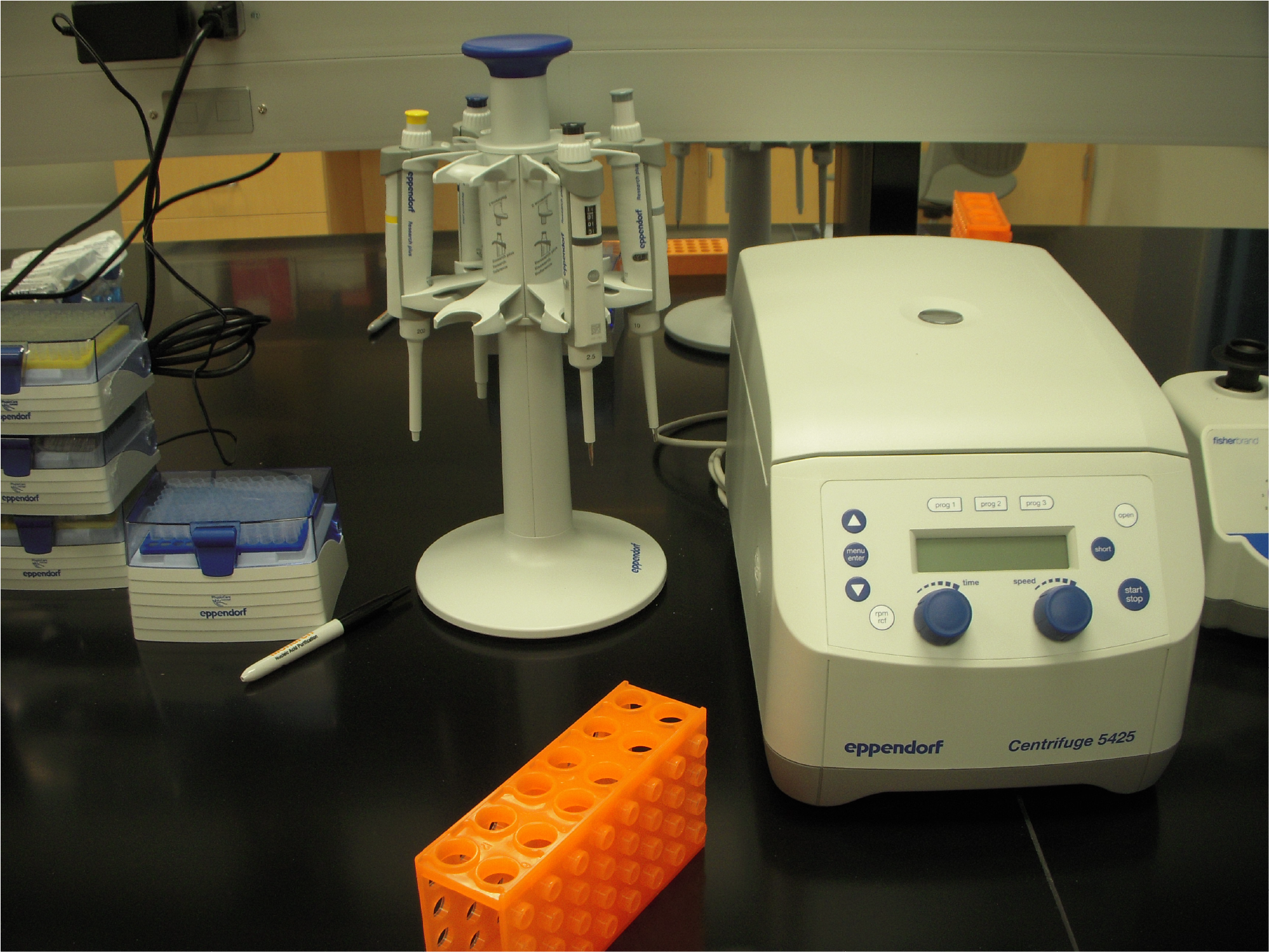Written by Abigail Hatfield
10-22-21: For this week’s journal club, I elected to look at an AGO1 paper that was recently published in J Cell Biol by Acuña, et al. and relevant to many of our lab’s interests in ongoing experiments within our lab. This paper checked a lot of the boxes: timely, discussing argonaute, proposing functional roles for argonaute, utilizing immunocytochemistry, and incorporating large-scale experimental and historical ChIP-Seq.
The experiments performed by Acuña, et al. were interesting first and foremost because argonaute has been widely studied for its role in small RNA-mediated post transcriptional processing and in transcriptional gene silencing. However, they propose an alternate function for argonaute-1: estradiol triggered transcription in human cells. They used ChIP and ChIP-Seq on transfected MCF-7 cells to locate and identify ERα binding sites within the cells relative to argonaute-1 (AGO1), which they found in significance. ERα binding motifs were present throughout the cells expressing AGO1, indicating that they are indeed prominently linked in some capacity.
To further interrogate this connection, they treated these AGO1 transfected MCF-7 cells with estradiol. Upon enrichment, signals of AGO1 expression increased greater than MCF-7 cells that were untreated. Additionally, they detected no change in subcellular localization of AGO1 during E2 treatment. To complete their follow-up, they proceeded to knockdown the function of AGO1 to react to E2, showing a marked decrease in ERα activity within the knockdown cells. They were also able to rescue the functionality of these proteins and restore levels of production to near those of endogenous levels. More interestingly, when they conducted their experiments showing that estrogen increased in response to E2’s presence in relation to AGO1, they also found that when they silenced the AGO1’s ability to incorporate RNA, that the relation continued to exist. This implies that AGO1 and ERα are binding together on the chromatin and that it is activating co-transcriptionally. They were also able to demonstrate that AGO1 is preferentially enriched at active transcriptional enhancers. All of this points to the possibility that AGO1 does indeed act in an estrogen-dependent manner as a transcription coactivator, at least as the authors suggest. The most marked criticism of this paper is simply a wish this lab would like to have granted: investigating this same system in the rest of the family of argonaute proteins.
Equally important as this conclusion, however, is the implication that proteins may harbor multiple and various functions. In the case of this AGO1, miRNA’s were shown to not even be necessary for its binding on chromatin with ERα. Previous studies indicating the importance of AGO1’s interactions with small RNA’s would have and did entirely miss this potential function. This gives rise to a compelling question: how to identify multiple functions of a protein and, more importantly, what determines the significance and impact of any given functions it may have out of multiple? Is AGO1 more important to transcriptional gene silencing or coactivating with ERα? In what ways would you determine the significance and relevance of AGO1’s influence in both of those mechanisms relative to each other? These are questions we may hope to answer soon, and wrestle with our principles of microbiology and genetics in doing so.
